Gasoline sprayer: principle of operation, advantages and disadvantages
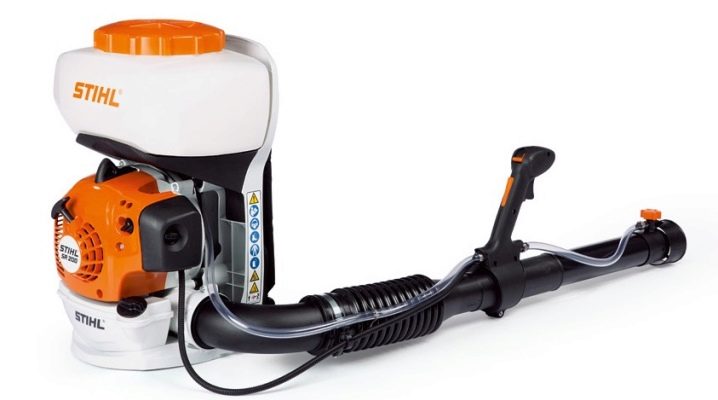
The gasoline sprayer is an important agricultural machinery and is widely used in the maintenance of vineyards, fruit and berry nurseries and orchards. The great popularity of the device is due to its high power, versatility and processing efficiency.
Purpose
It is difficult to imagine caring for fruit crops and grapes without a spraying system. And in this case, we are talking not only about treatment against insects and pests.
Spraying special solutions is a mandatory procedure when feeding many plant species at different stages of their growing season. Spraying is often used as a preventive measure against the threat of fungal and infectious diseases.
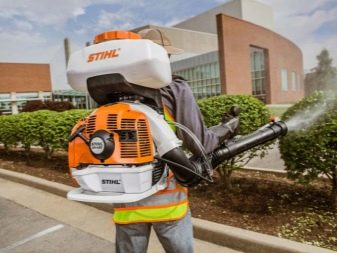
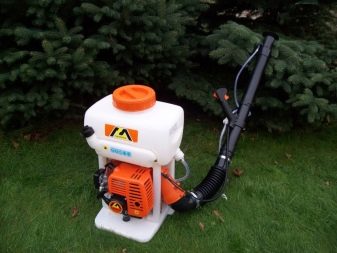
With the help of foliar processing, it is possible to completely heal a plant already affected by an ailment and bring withered shoots back to life.
To carry out preventive and health-improving measures, as well as to apply fertilizers, garden sprayers are used, including the most powerful and efficient is the gasoline unit... With the help of such a device, it is possible to process up to 1 hectare of garden plantings in a short period of time, while providing the operator of the installation with rather comfortable working conditions.
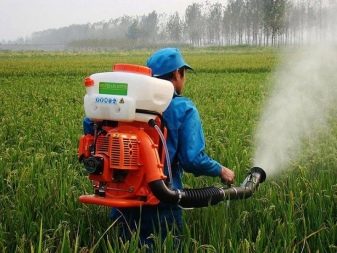
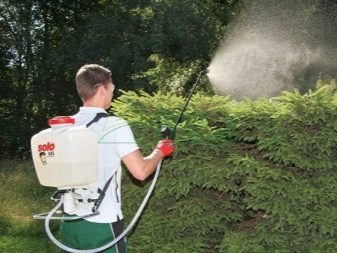
This is due to the fact that gasoline sprayers have convenient control and are able to instantly change the intensity of spraying of the composition by pressing one button. However, the use of gasoline sprayers is not limited only to agrotechnical measures.
With their help, they carry out antiseptic processing of wooden products, as well as disinfect rooms in which animals are kept or garden tools are stored. In addition, the devices are used as a blower for blowing off fallen leaves and freshly fallen snow.
During the renovation of the premises, the old wallpaper is soaked with a sprayer, after which it perfectly lags behind the walls and is quickly removed. And also the device is often used to wash large windows in industrial workshops and agricultural buildings.

Advantages and disadvantages
The high consumer demand for gasoline sprayers and a large number of positive reviews are explained by a number of important advantages of such equipment.
- The high speed of work allows you to quickly process a large area of the garden or vineyard.
- A well thought-out design and a convenient control system of the device make it possible to spray with minimal labor costs and high convenience for the operator.
- Due to the absence of complex systems and components, gasoline sprayers have a long service life and high maintainability.
- The versatility of the devices allows you to spray not only liquid, but even powdery and granular substances. This significantly expands the scope of their application and makes the device even more popular. For example, instead of solid chemical fertilizers, seeds are poured into the working container and automated sowing of garden or grain crops is carried out.
- Telescopic spray booms included in the kit make it easy to treat hard-to-reach areas of the garden, as well as the upper part of the crown of tall trees.
- Thanks to the convenient adjustment, it is possible to quickly and accurately change the pressure and the angle of direction of the sprayed liquid.
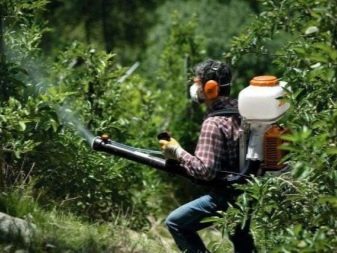

However, the device also has weak points. And this is, first of all, the need to use personal protective equipment when operating the sprayer.
When performing work, the eyes should be protected with glasses, and the respiratory tract - with a gauze bandage or respirator. Wear rubber gloves on your hands and specialized shoes on your feet.
This will help prevent chemicals from entering the operator's body and relieve him of the unpleasant effects of chemical poisoning.

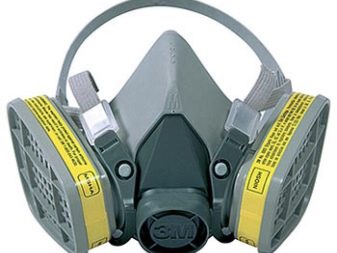


Types and characteristics
The classification of petrol sprayers is carried out according to several criteria. The first of these is the volume of the working tank. The duration of continuous operation of the device without refueling depends on this characteristic.
The smallest volume is possessed by low-power Chinese devices, the tank of which includes only 5 liters. For the processing of large areas, it is, of course, inappropriate to purchase such a device., while for use in a summer cottage or a personal plot with a small area under fruit and berry plantations, its choice is quite justified.
For processing large vineyards or fruit nurseries, devices with larger tanks are used, the size of which in some industrial models reaches 120 liters. This amount of solution is easily enough to treat two hectares.
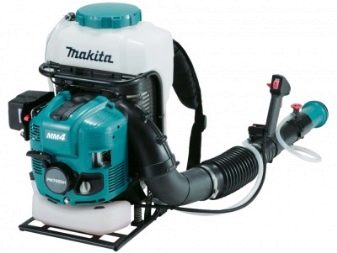
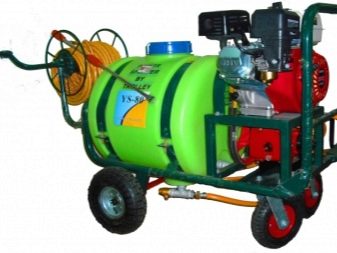
The next, more important criterion for the classification of gasoline sprayers is the power of their engine. On this basis, two-stroke and four-stroke motors are distinguished. The latter are much less common, the reason for which is the large weight of the apparatus, increased fuel consumption and sensitivity to changes in position in space. However, despite the listed disadvantages, the performance characteristics of such devices are quite high.
For example, a typical representative of such devices - the Italian model Eurosystems Carry Sprayer BS-675 Series, has a maximum pressure of 30 atmospheres, holds 120 liters of liquid in its capacity and has an average gasoline consumption of 450 ml / hour.
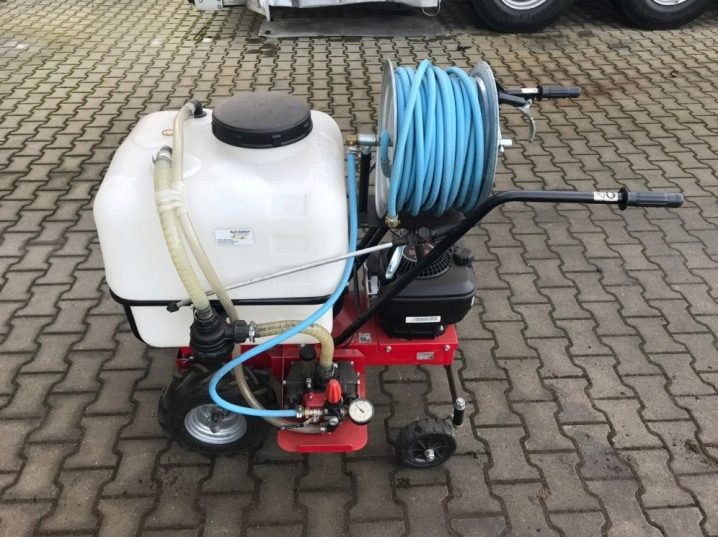
The working solution in such a unit is consumed at a rate of 20 l / min, and the sprayed liquid is capable of reaching a height of 13 meters... In addition, the sprayer is a self-propelled device and can move by itself. The unit is equipped with a reversing system and has a function for regulating fuel consumption. The length of the hose placed on the reel is 25 meters, which allows us to cover quite large processing areas.
Other sprayers equipped with four-stroke engines have similar characteristics, therefore the main operating parameters of the considered device are valid for most devices of this type.
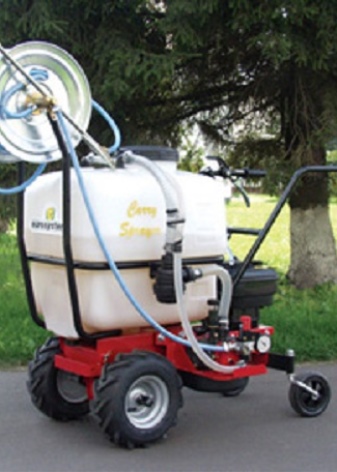
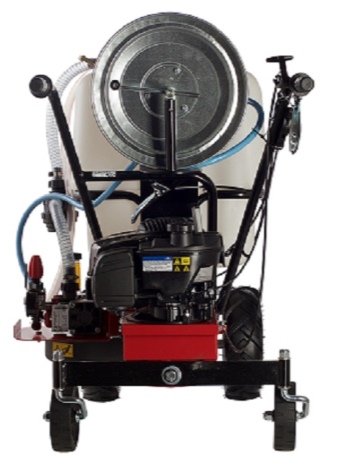
Two-stroke engines, unlike their heavy and gluttonous counterparts, are more widespread and are the most purchased type of mechanisms.
For example, you can consider the technical characteristics of the most purchased and inexpensive Chinese-made model Champion PS257... Its engine power is 2.5 liters. with., and the volume of the working tank is 14 liters. The weight of the sprayer is 10.5 kg, and the capacity of the fuel tank is 1.5 liters.
Such a device is intended for the treatment of orchards and vineyards with an area of 6-8 acres, has a working fluid flow of 3 l / min.
The device is not equipped with wheels and has a knapsack type of execution. Operation of the device is quite convenient and simple, it can be performed with one hand. In terms of fuel, the two-stroke models consume exclusively a two-component mixture of gasoline and engine oil, while their four-stroke counterparts run on pure gasoline.
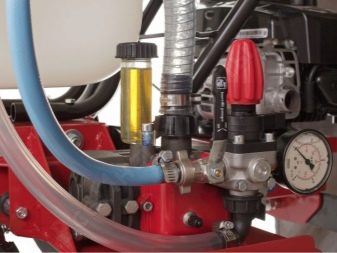
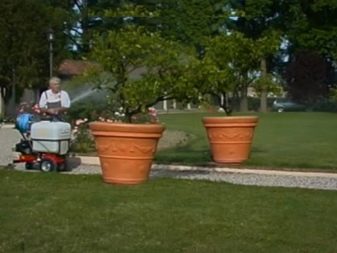
Principle of operation
The mechanism of operation of a gasoline sprayer is quite simple and consists in the following: an area of increased pressure is created in the working tank, which is the source of atomization of chemicals and other solutions in it. And if in the pump model for this it is necessary to constantly pump air with a lever, then in gasoline devices, air is pumped and the pump operates automatically due to the operation of a two- or four-stroke engine.
As a result of the increased pressure, the liquid from the working tank enters the system of connecting hoses, and then into the spray boom, the end of which is equipped with a powerful nozzle. Thanks to the nozzle, the liquid is converted into a finely dispersed substance, which, in fact, is used to process the plants.
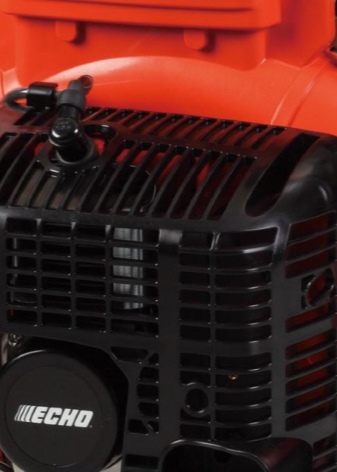

Care features
In order to extend the service life of a gasoline sprayer and make working with it as comfortable as possible, it is necessary to properly and promptly take care of it. So, after each use, disconnect the connecting hoses and rinse them well under running water. Nozzle and working tank also need cleaning and must be washed especially thoroughly. This is due to the fact that small mechanical particles accumulated at the bottom of the tank during the next turn-on will rise from the bottom in a vortex flow, and when passing through a nozzle or nozzle, they will clog small holes.

For the same reason any solution poured into the working tank must be filtered through a special sieve or fabric filter. At the end of the washing of the sprayer elements, they must be dried in the open air, after which the unit must be assembled and sent for storage.
In addition, the gasoline engine, which is a complex mechanical device, requires regular maintenance, which consists in the systematic replacement of spark plugs, filter systems and lubricants.
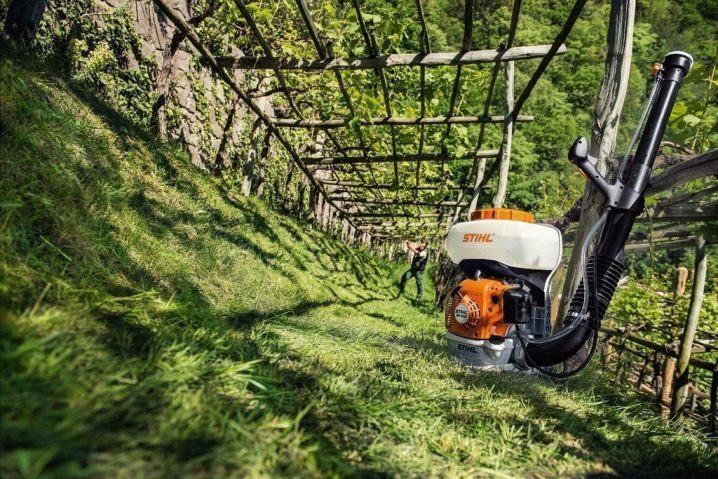
It is also necessary to constantly monitor the oil level and periodically flush the fuel tank.
Manufacturers rating
The modern market presents a huge number of different models, designed for any level of performance and wallet. Among them there are both branded units with a worldwide reputation, and inexpensive Chinese samples.
To date, the top best manufacturers of petrol sprayers is as follows: in the first place is unconditionally located German-made unit Gardena... The sprayers produced by this company are manufactured according to the latest innovative technologies on high-class modern equipment, which makes them very reliable and durable.
In second place is confidently Japanese Makita, whose products in terms of quality are almost in no way inferior to German counterparts.

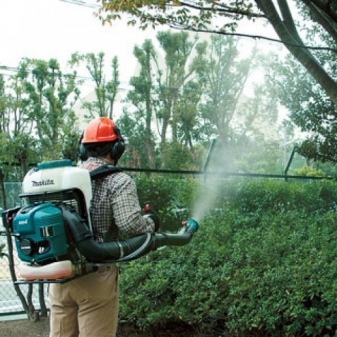
The third and fourth places are taken by Slovenian Sadko and Italian Oleo-Mac, producing models of an affordable price category, but at the same time they are distinguished by excellent quality and long service life.
Fifth place is products of the Chinese companies Champion and Patriot with its inexpensive small sprayers.
The cost of gasoline units varies depending on the model and varies from 10 thousand for the Chinese model Patriot PT 415WF-12 to 150 thousand for the self-propelled Eurosystems Carry Sprayer BS-675 Series.
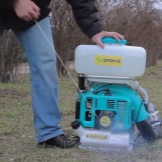

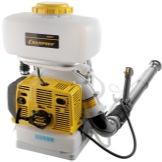
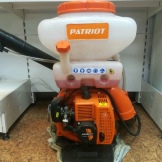
Selection Tips
Before you start buying a petrol sprayer, you should decide on the power of the device. If the device is chosen for a summer cottage or a small vineyard, then it will be quite enough to purchase a low-power apparatus with a two-stroke engine. When choosing a unit for a large farm or a fruit and berry nursery, it will be advisable to buy a serious self-propelled unit with a spacious working tank and a four-stroke gasoline engine.
As for the ratio of the area of planting and the capacity of the tank, it looks as follows: for 6 acres, five liters will be enough, for a garden of 0.25 hectares - 10 liters, and for a plot of half a hectare, it is recommended to use a tank with a capacity of 30 liters.

The second selection criterion should be the nature of the vegetation on the site.
So, for planting low-growing berry bushes, there is no need to overpay for devices equipped with telescopic extension rods, while for a garden with a predominance of tall trees, such a model is simply necessary.
In addition, you should decide on the mobility of the device. If you intend to process a large number of trees growing on an even and cultivated area in all respects, then it is better to purchase a model on wheels.
In the presence of difficult-to-pass dense bushes and difficult terrain, on the contrary, it is more rational to buy a knapsack model, with which you can, if necessary, climb onto the trunk or perch on a step-ladder.
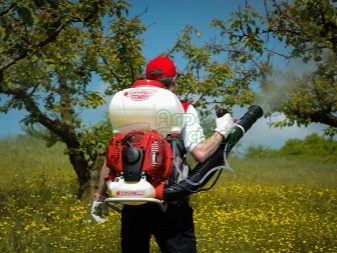
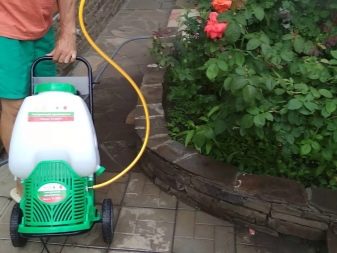
For small summer cottages with several neat rows of fruit and berry crops, you can limit yourself to buying a hand-held portable unit.
Thoughtful purchase, competent use and timely maintenance of a gasoline sprayer will not give rise to doubts about the correct choice of equipment and will not allow you to regret the money spent on it.
An overview of a gasoline sprayer is in the next video.



































































The comment was sent successfully.